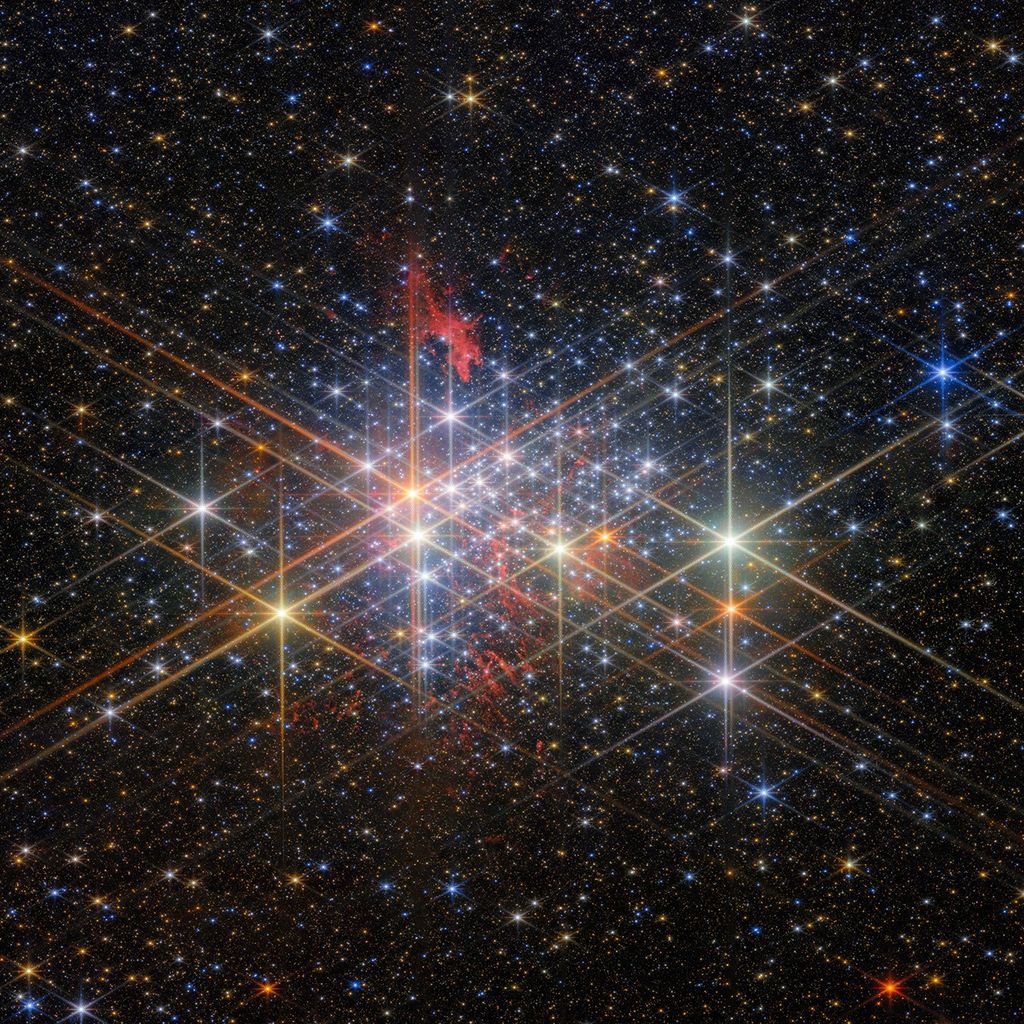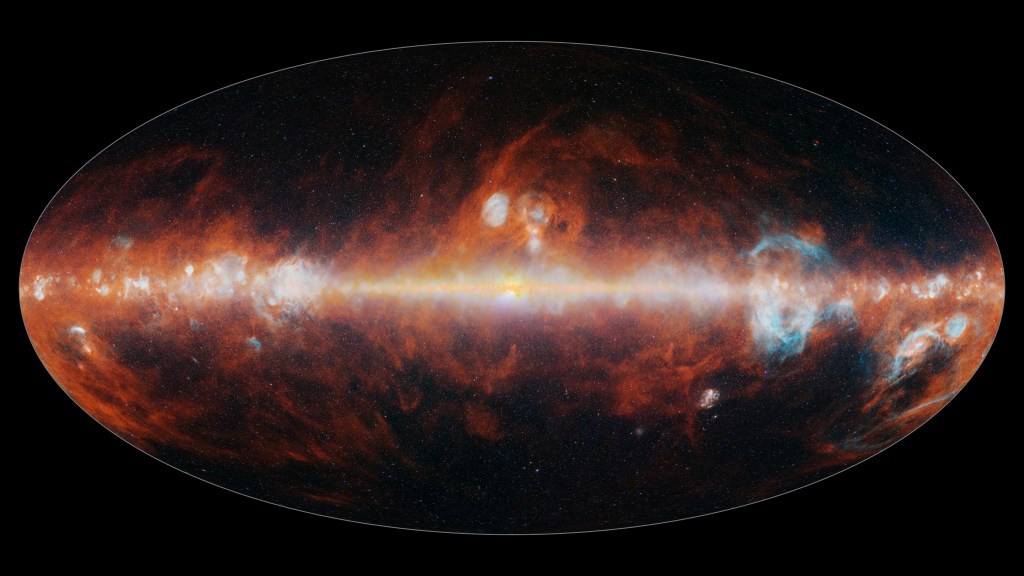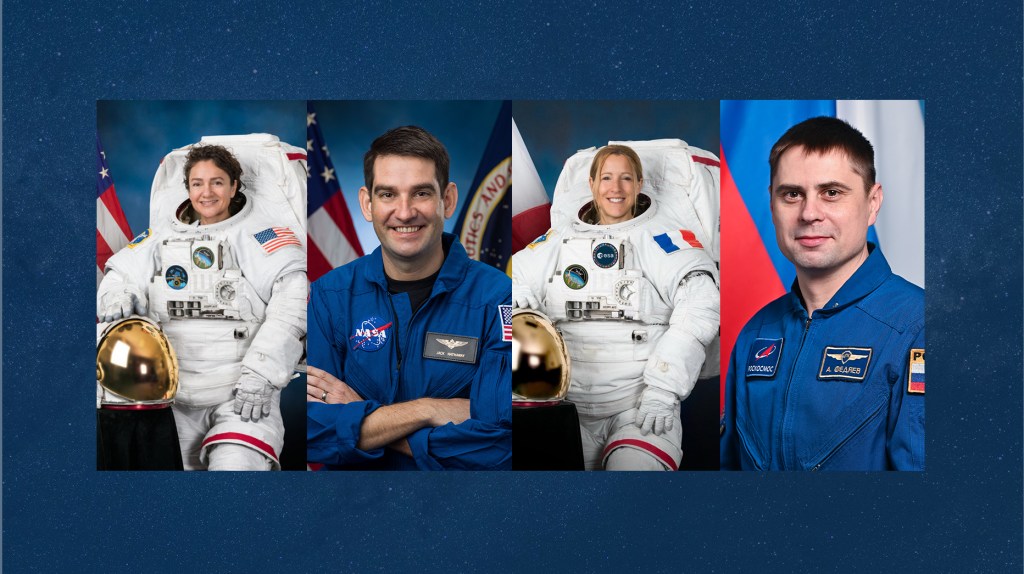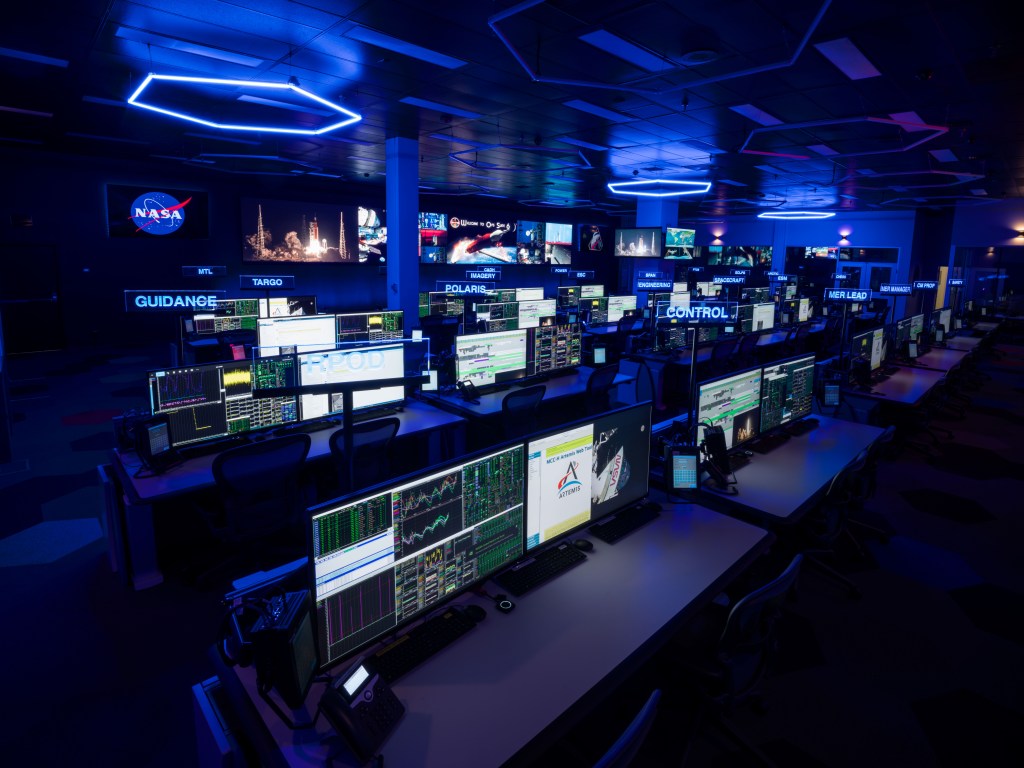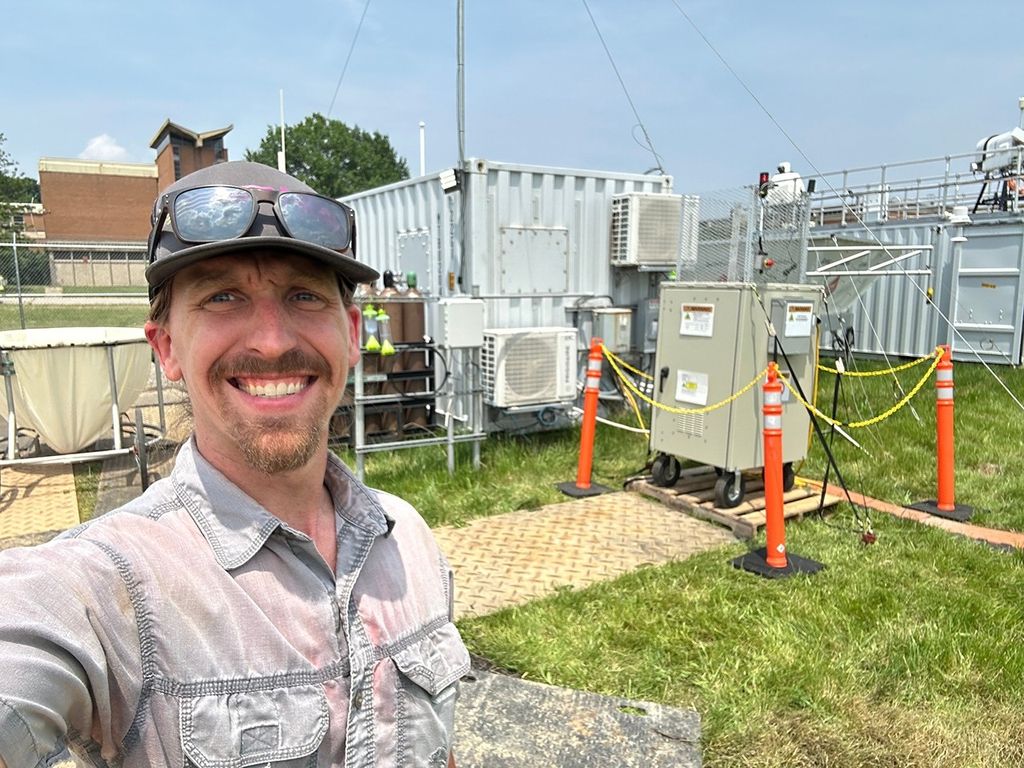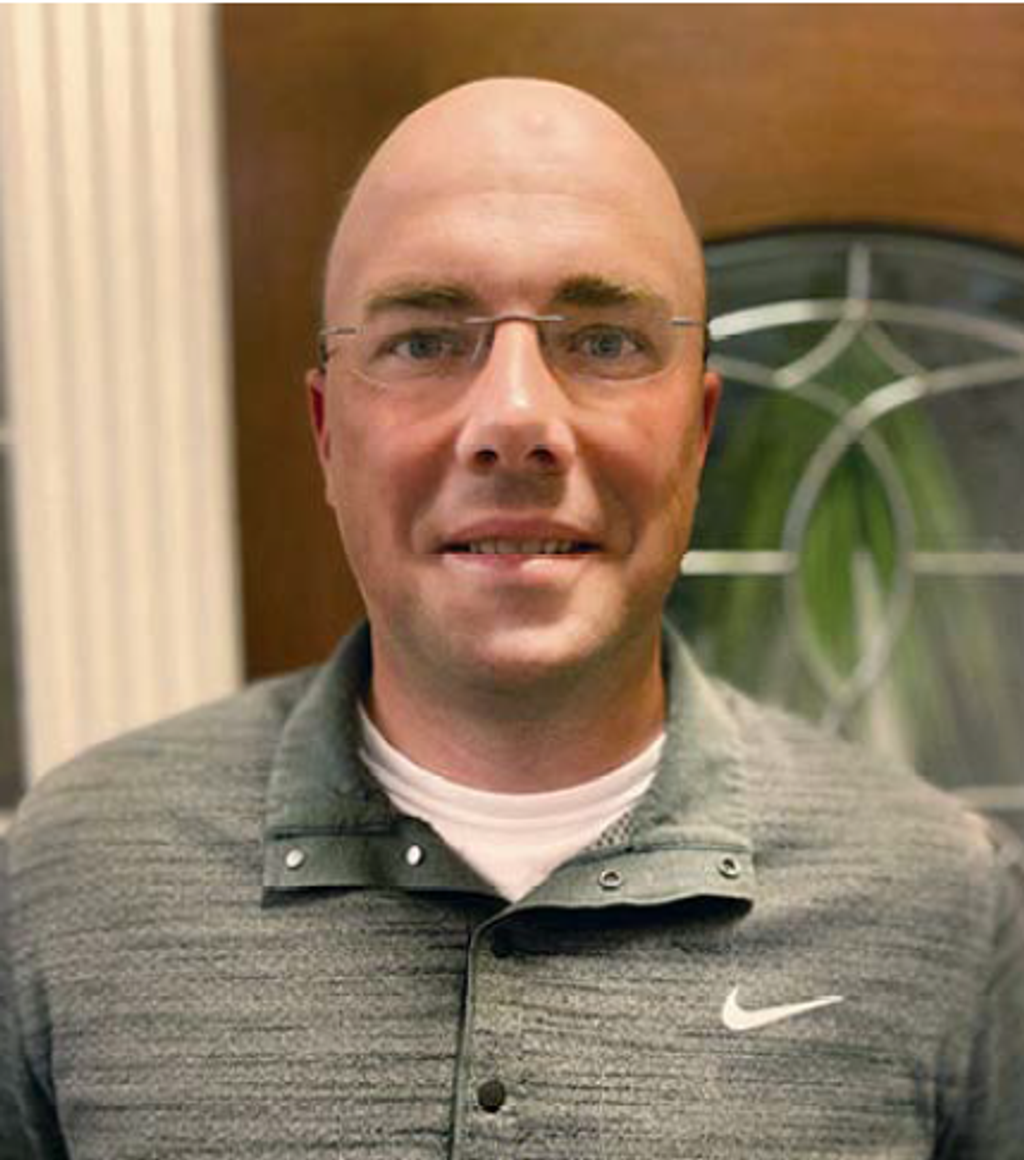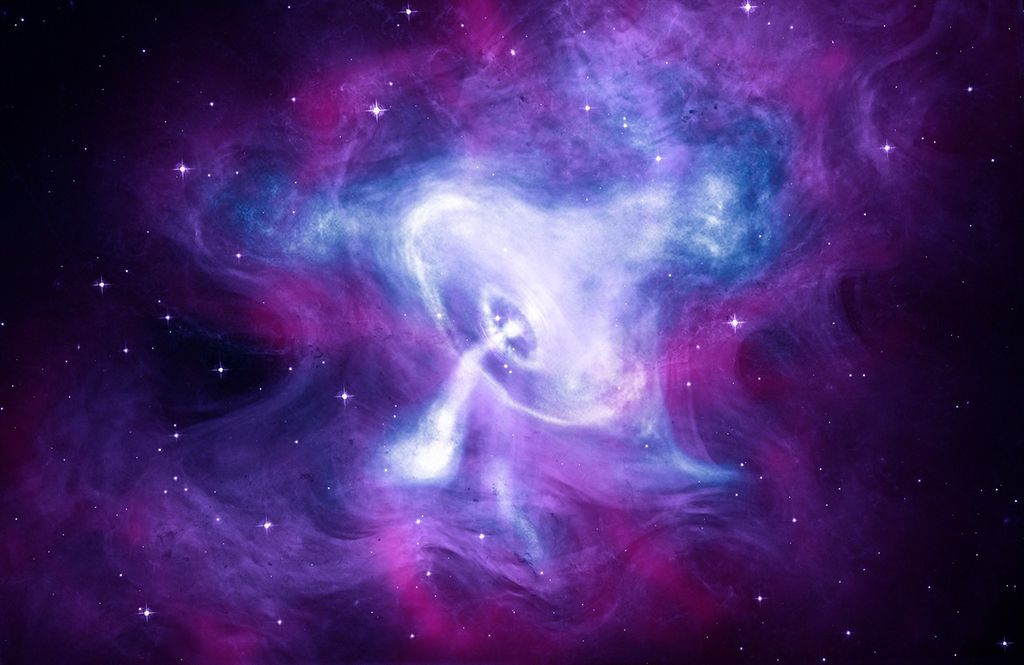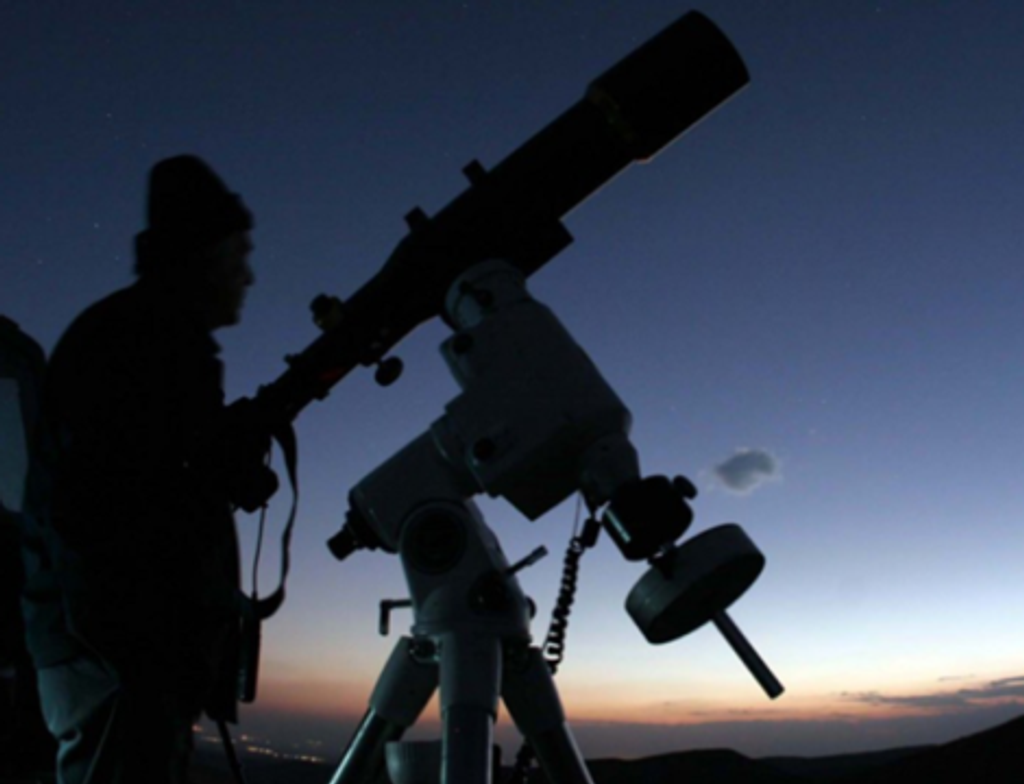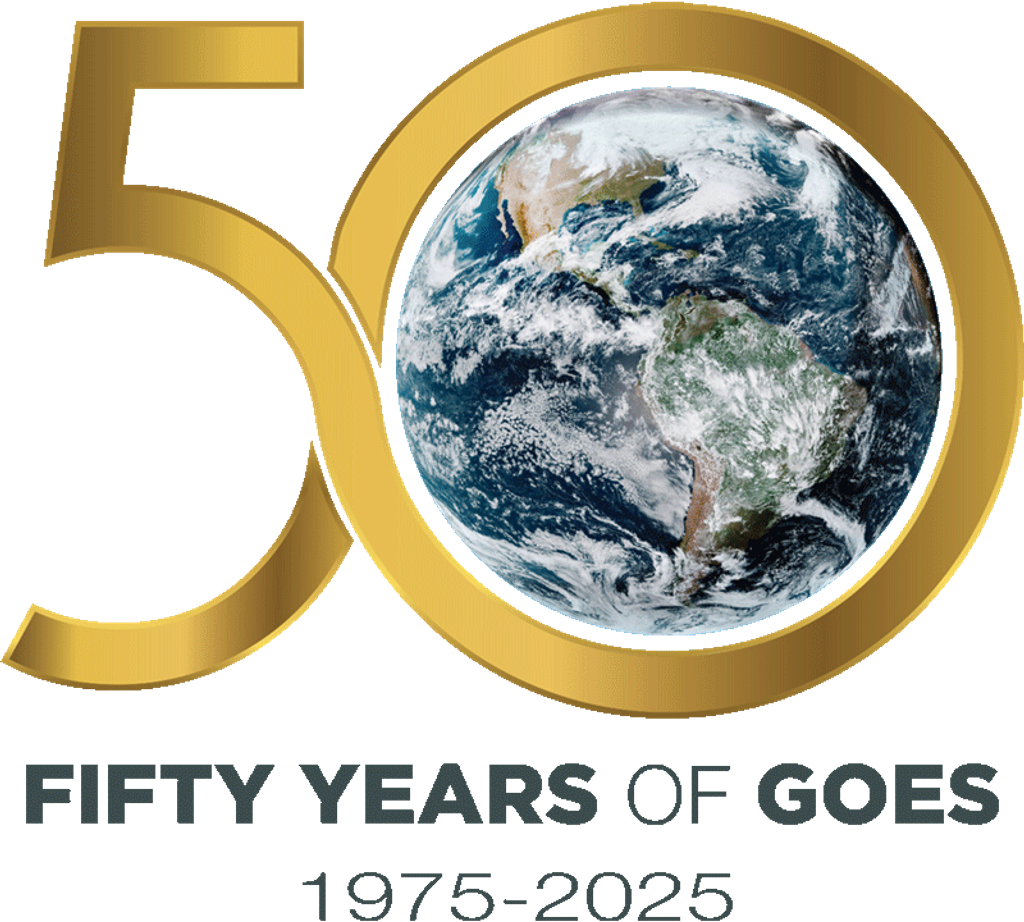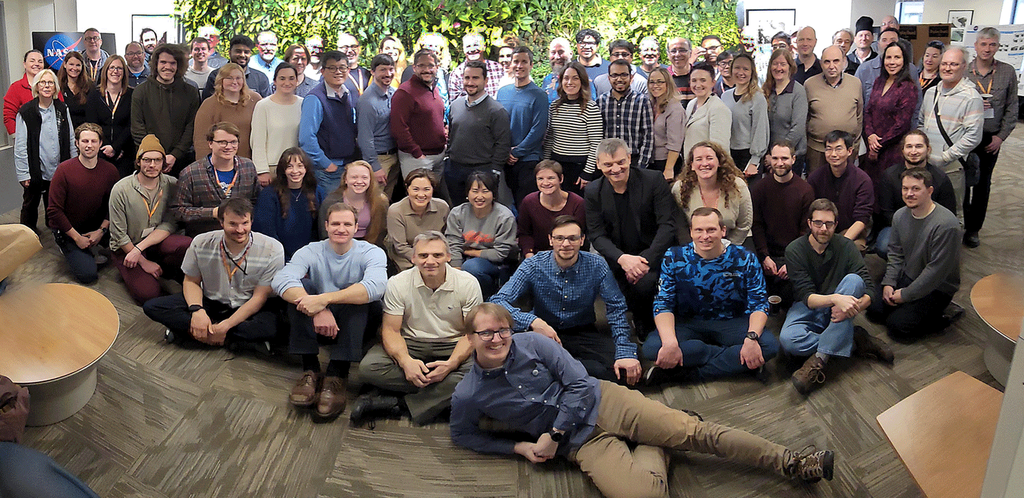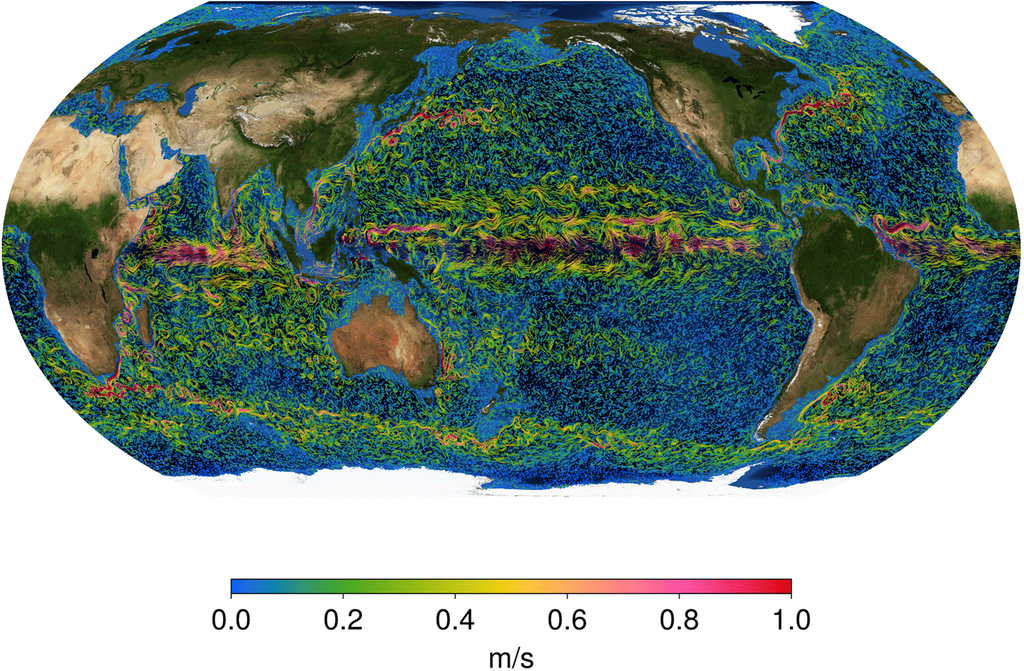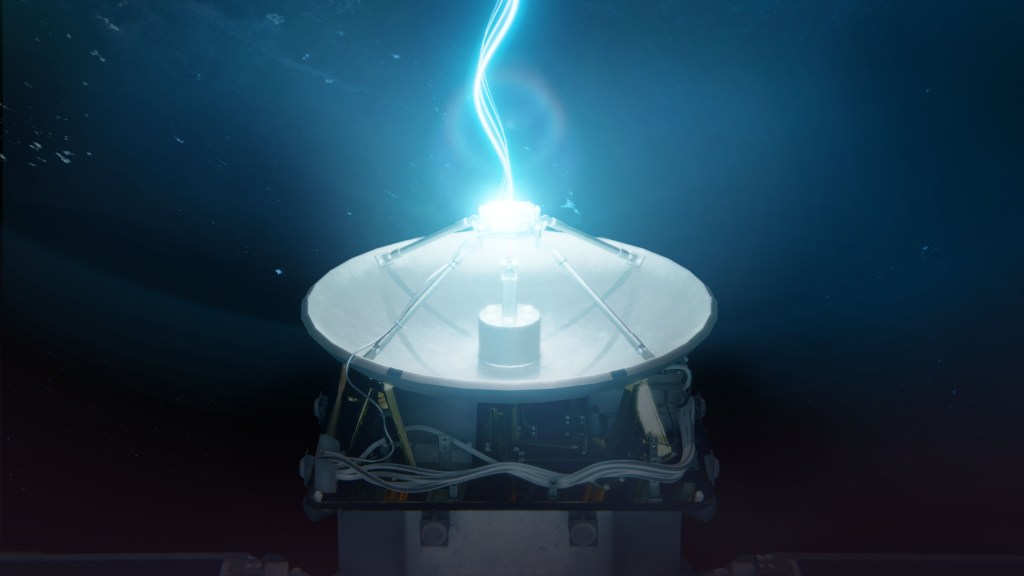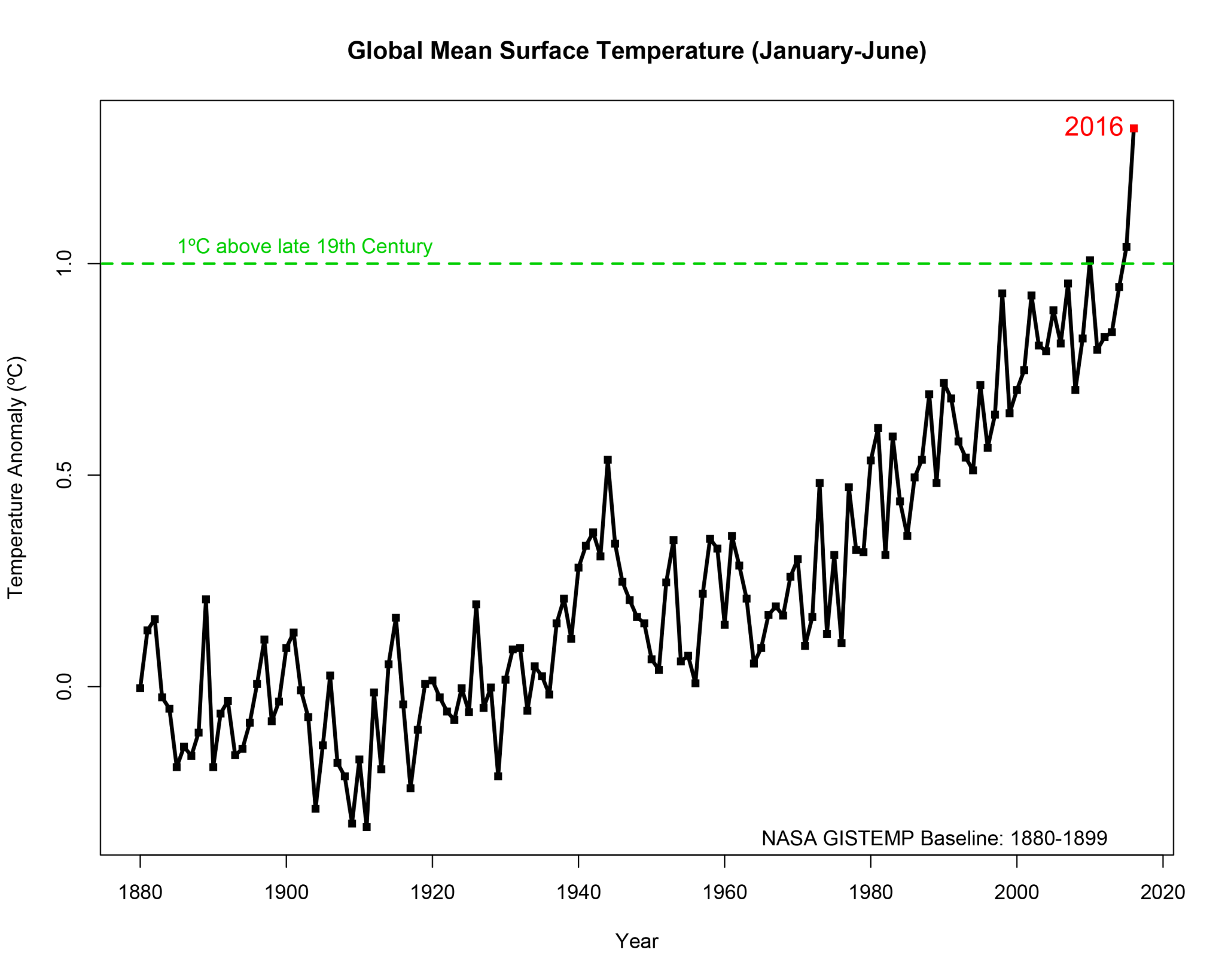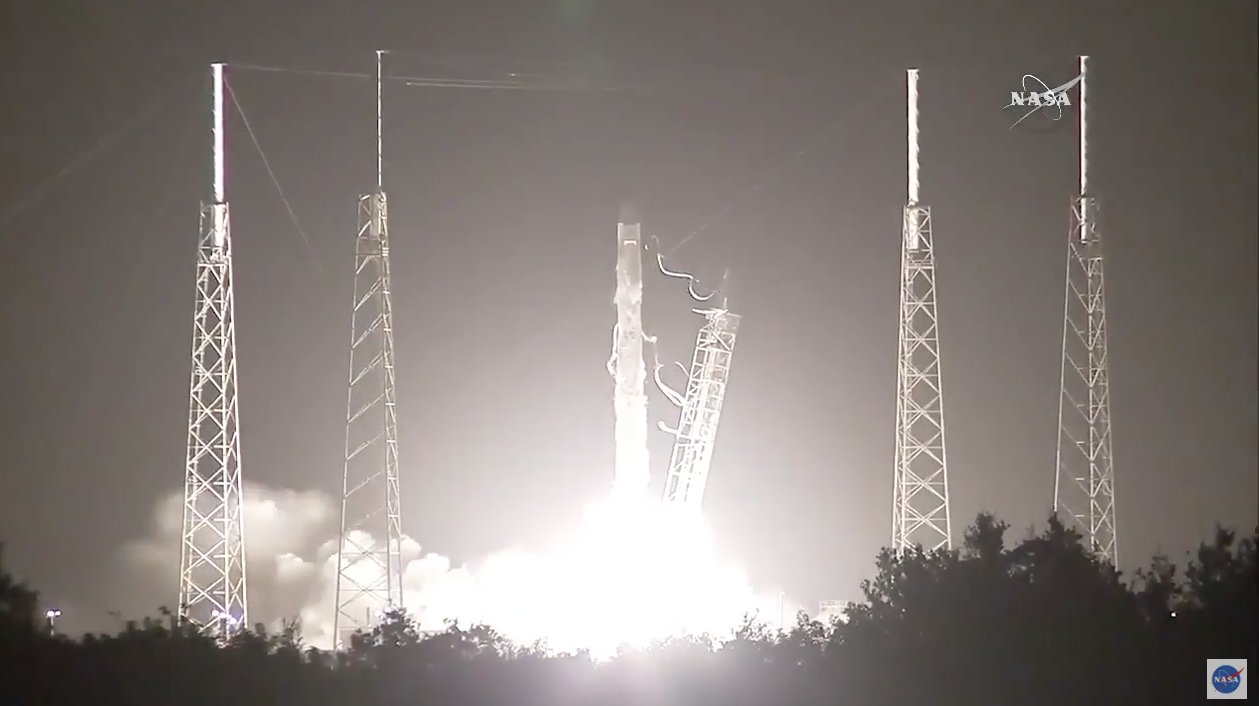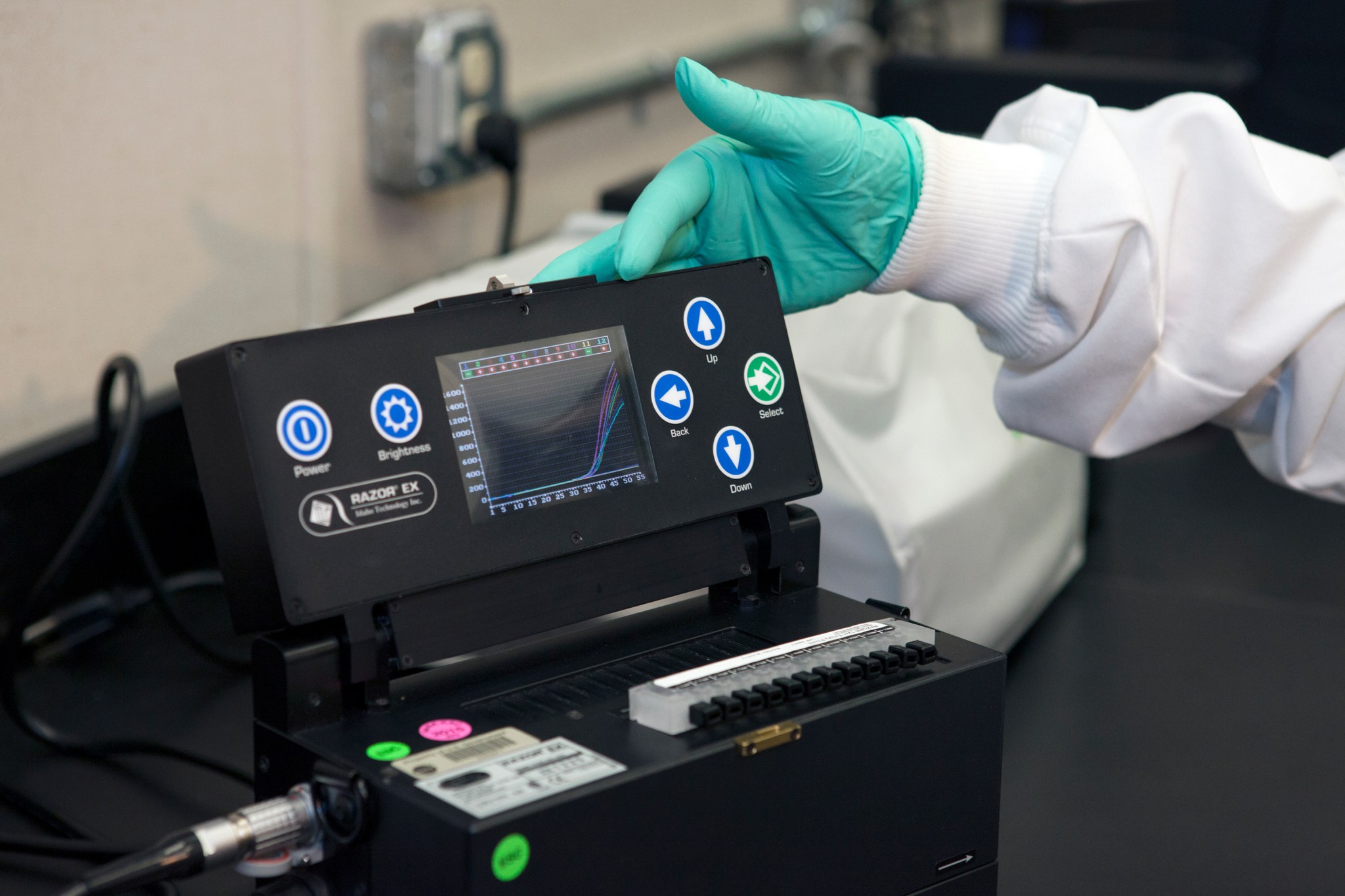In This Week’s Star
- 2016 Climate Trends Continue to Break Records
- NASA Continues to Gather Data with RS-25 Engine Developmental Test
- NASA Sends Trailblazing Science, Cargo to Space Station on SpaceX Resupply Mission
- Lightning Fast Microbial Monitoring Technology Launching to Space Station
- NASA Completes Welding on SLS Fuel Tank Test Article
- NASA, USAID Open Environmental Monitoring Hub in West Africa
- Marshall Team Members Recognized at Annual Honor Awards
- This Week in NASA History: Chandra X-Ray Observatory Delivered to Low-Earth Orbit — July 23, 1999
- Obituaries
2016 Climate Trends Continue to Break Records
Two key climate change indicators — global surface temperatures and Arctic sea ice extent — have broken numerous records through the first half of 2016, according to NASA analyses of ground-based observations and satellite data.
Each of the first six months of 2016 set a record as the warmest respective month globally in the modern temperature record, which dates to 1880, according to scientists at NASA’s Goddard Institute for Space Studies. The six-month period from January to June was also the planet’s warmest half-year on record, with an average temperature 1.3 degrees Celsius (2.4 degrees Fahrenheit) warmer than the late 19th century.
Five of the first six months of 2016 also set records for the smallest respective monthly Arctic sea ice extent since consistent satellite records began in 1979, according to analyses developed by scientists at Goddard. The one exception, March, recorded the second smallest extent for that month.
While these two key climate indicators have broken records in 2016, NASA scientists said it is more significant that global temperature and Arctic sea ice are continuing their decades-long trends of change. Both trends are ultimately driven by rising concentrations of heat-trapping carbon dioxide and other greenhouse gases in the atmosphere.
The extent of Arctic sea ice at the peak of the summer melt season now typically covers 40 percent less area than it did in the late 1970s and early 1980s. Arctic sea ice extent in September, the seasonal low point in the annual cycle, has been declining at a rate of 13.4 percent per decade.
“While the El Niño event in the tropical Pacific this winter gave a boost to global temperatures from October onwards, it is the underlying trend which is producing these record numbers,” GISS Director Gavin Schmidt said.
Previous El Niño events have driven temperatures to what were then record levels, such as in 1998. But in 2016, even as the effects of the recent El Niño taper off, global temperatures have risen well beyond those of 18 years ago because of the overall warming that has taken place in that time.
The global trend in rising temperatures is outpaced by the regional warming in the Arctic, said Walt Meier, a sea ice scientist at Goddard.
“It has been a record year so far for global temperatures, but the record high temperatures in the Arctic over the past six months have been even more extreme,” Meier said. “This warmth as well as unusual weather patterns have led to the record low sea ice extents so far this year.”
NASA tracks temperature and sea ice as part of its effort to understand the Earth as a system and to understand how Earth is changing. In addition to maintaining 19 Earth-observing space missions, NASA also sends researchers around the globe to investigate different facets of the planet at closer range. Right now, NASA researchers are working across the Arctic to better understand both the processes driving increased sea ice melt and the impacts of rising temperatures on Arctic ecosystems.
For more information on NASA’s Earth science activities, click here.
Get SLS Fired Up with Live Coverage of SLS Booster Qualification Test
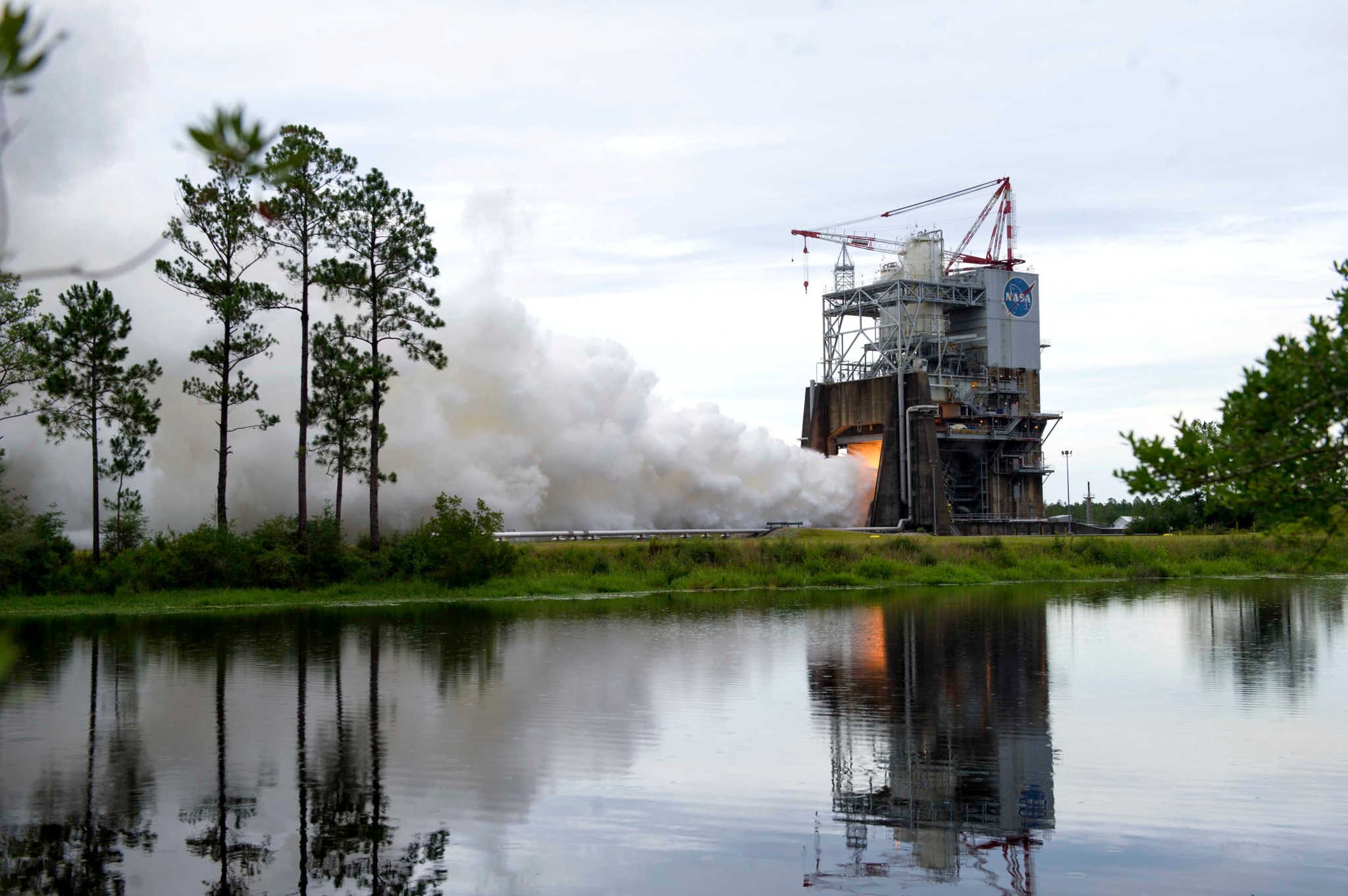
RS-25 engine No. 0528 fired up for the first of a series of tests July 14 on the A-1 Test Stand at NASA’s Stennis Space Center. The test fell short of its scheduled 650 seconds. A minor issue with the test stand triggered an early shutdown 193 seconds into the test. No issues were reported with the engine, and the next test is planned for August. Even with the early shutdown, the test will provide valuable performance data on the new engine controller and operating parameters needed for NASA’s new rocket, the Space Launch System. The SLS Program, Stennis and engines prime contractor Aerojet Rocketdyne of Sacramento, California, will work to determine if missed development points can be added to one of the four future tests in the series. “This test series is a continuation of our broader objectives to certify the engine to new start and run conditions for flight on SLS,” said Steve Wofford, manager of the SLS Engines Office at NASA’s Marshall Space Flight Center. Marshall manages the SLS Program for the agency. For the full story, click here. (NASA/Stennis)
NASA Sends Trailblazing Science, Cargo to Space Station on SpaceX Resupply Mission
Instruments to perform the first-ever DNA sequencing in space, and the first international docking adapter for commercial spacecraft, are among the cargo scheduled to arrive at the International Space Station July 20, following the successful launch of the SpaceX Commercial Resupply Services-9 mission.
SpaceX’s Dragon cargo craft launched July 18 on a Falcon 9 rocket from Space Launch Complex 40 at Cape Canaveral Air Force Station in Florida with almost 5,000 pounds of cargo. The spacecraft will be grappled to the space station July 20 by NASA astronaut Jeff Williams, supported by NASA astronaut Kate Rubins.
“Each commercial resupply flight to the space station is a significant event. Everything, from the science to the spare hardware and crew supplies, is vital for sustaining our mission,” said Kirk Shireman, NASA’s International Space Station Program manager. “With equipment to enable novel experiments never attempted before in space, and an international docking adapter vital to the future of U.S. commercial crew spacecraft, we’re thrilled this Dragon has successfully taken flight.”
The mission is the company’s ninth cargo flight to the station under NASA’s CRS contract. Dragon’s cargo will support dozens of the more than 250 science and research investigations during the station’s Expeditions 48 and 49.
The Payload Operations Integration Center at NASA’s Marshall Space Flight Center is the science command post for the space station. Experts in disciplines including engineering, math, science, logistics, computer programming and communications manage and monitor investigations around the clock, 365 days a year. Every day, they collaborate with astronauts and cosmonauts and hundreds of scientists around the globe.
For more information about experiments and cargo delivered by SpaceX’s resupply mission, click here.
Lightning Fast Microbial Monitoring Technology Launching to Space Station
A new technology to quickly detect and identify potentially harmful microorganisms is headed to the proving grounds of the International Space Station. If successful, astronauts will be able to identify bacteria in drinking water in flight for the first time. A procedure that once required samples to be returned to the ground analysis will now take less than an hour in flight.
NASA research scientists are testing RAZOR EX, a portable instrument from BioFire Defense in Murray, Utah, originally developed under a U.S. Department of Defense Small Business Innovation Research program award for use by soldiers on the battlefield. It is also used by first responders to test contaminated samples in the field.
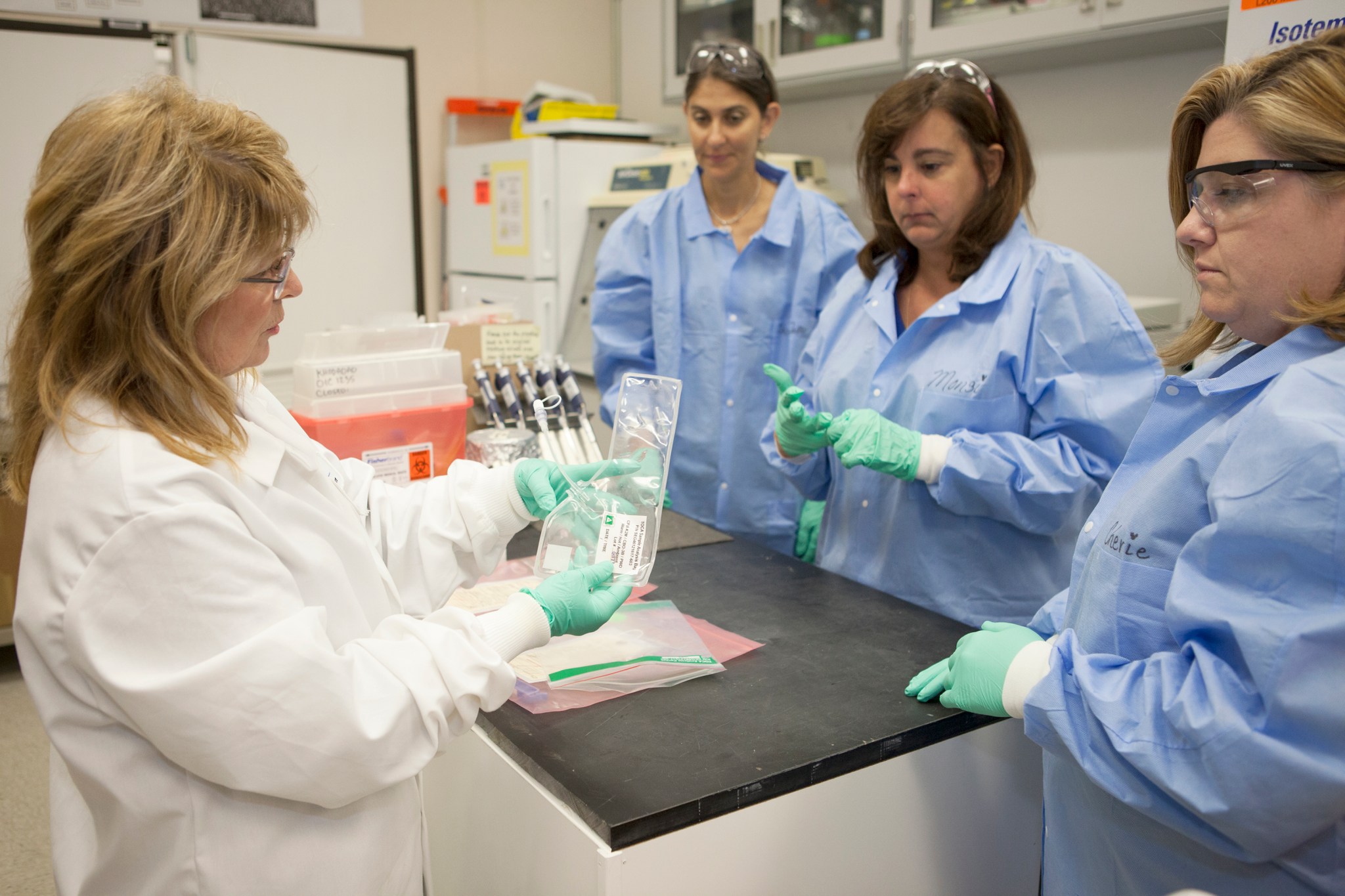
This technology will be tested on the space station to study the effects of microgravity on the monitoring system. The hardware was launched to the space station on the ninth SpaceX cargo resupply service mission July 18 after three years of testing and development on the ground.
RAZOR could be an important component in keeping space travelers healthy on long-duration voyages. The availability of a real-time microbial detection system would provide earlier identification of potential environmental problems on spacecraft and enable the crew to respond more quickly to the risk of contamination.
“NASA is unlocking the door to new technologies that will help make space travelers independent from Earth,” said Monsi Roman, microbiologist and technology development project manager for RAZOR at the Marshall Space Flight Center. “The immediate goal is to make it easier for astronauts to monitor their water on the space station. We are trailblazing this capability.”
The project is a collaborative effort between microbiologists at three NASA centers: Marshall, Kennedy Space Center and Johnson Space Center. Inside the Molecular Biology Lab at Kennedy, researchers developed methods for the detection of different types of bacteria to verify the system for NASA’s needs on the station.
RAZOR uses polymerase chain reaction technology — a very precise technology in molecular biology used to amplify a single copy or a few copies of a piece of DNA across several orders of magnitude, generating thousands to millions of copies of a particular sequence — to analyze samples.
The current process in use on the space station requires growing microorganisms and waiting at least seven days for results. RAZOR can provide detection and results in about an hour and also could be used during long-duration missions beyond low-Earth orbit to monitor crops of food grown along the way.
“This demonstration of a rapid molecular microbial identification technology is important for the design of future environmental monitoring capabilities for exploration class missions,” said Cherie Oubre, a microbiologist with Wyle Laboratories at Johnson.
For baseline testing, researchers placed up to 12 samples of water into a set of wells that make up a “pouch.” The pouch was activated and inserted into RAZOR, with results displayed in less than an hour.
“RAZOR is a portable, fast and very versatile system,” said Christina Khodadad, a microbiologist with Sierra Lobo at Kennedy, “It is one of the systems that NASA is looking at to replace the current microbial monitoring process on the space station.”
The RAZOR unit is about the size of a large handbag, measuring 9 inches wide, almost 11 inches high in the open position, and close to 5 inches deep. It can handle up to 12 different samples, or 12 different concentrations of the same sample, and can be programmed for up to 50 different protocols.
RAZOR is part of the Revolutionize ISS for Science and Exploration Program, based at Johnson. A NASA multicenter team selected the system for testing after evaluating and testing several commercially available systems. Kennedy, Marshall, Johnson and the Jet Propulsion Laboratory are collaborating to explore molecular methods, including polymerase chain reaction, for microbial monitoring.
“One of the most exciting parts of the development of RAZOR for flight is the fact that microbiologists at three NASA centers are collaborating to get the unit ready for use by the crew of the space station,” Roman said. “It is the strengths of each of the team members that are making this revolutionary project successful.”
NASA Completes Welding on SLS Fuel Tank Test Article

A qualification test article for the liquid hydrogen tank on NASA’s new rocket, the Space Launch System, is lifted off the Vertical Assembly Center after final welding at Michoud Assembly Facility. This giant tank isn’t destined for space, but it will play a critical role in ensuring the safety of future explorers. The liquid hydrogen qualification article closely replicates flight hardware and was built using identical processing procedures. SLS will have the largest cryogenic fuel tanks ever used on a rocket. The liquid hydrogen tank — along with a liquid oxygen tank — are part of the SLS core stage. The core stage is made up of the engine section, liquid hydrogen tank, intertank, liquid oxygen tank and forward skirt. As four qualification articles of the core stage hardware are manufactured, they will be shipped on the Pegasus barge from Michoud to NASA’s Marshall Space Flight Center for structural loads testing. Now that welding is finished, the liquid hydrogen tank hardware, standing at more than 130 feet tall, will be outfitted with sensors to record important data. It will be tested in a new, twin-tower test stand currently under construction for the tank at Marshall. Structural loads testing ensures that these huge structures can withstand the incredible stresses of launch. When completed, SLS will have the power and payload capacity needed to carry crew and cargo on exploration missions to deep space, including Mars. (NASA/Michoud/Eric Bordelon)
NASA, USAID Open Environmental Monitoring Hub in West Africa
NASA and the U.S. Agency for International Development have opened a new environmental monitoring program in West Africa that will enhance the role of space-based observations in the management of climate-sensitive issues facing the world today.
SERVIR-West Africa, based in Niamey, Niger, is one of four NASA-USAID-sponsored centers operating in developing regions of the world. This SERVIR center is the newest facility for a growing global community of scientists and decision-makers who are using publicly available data from space to manage climate-sensitive issues, such as food security, water resources, land use change and natural disasters.
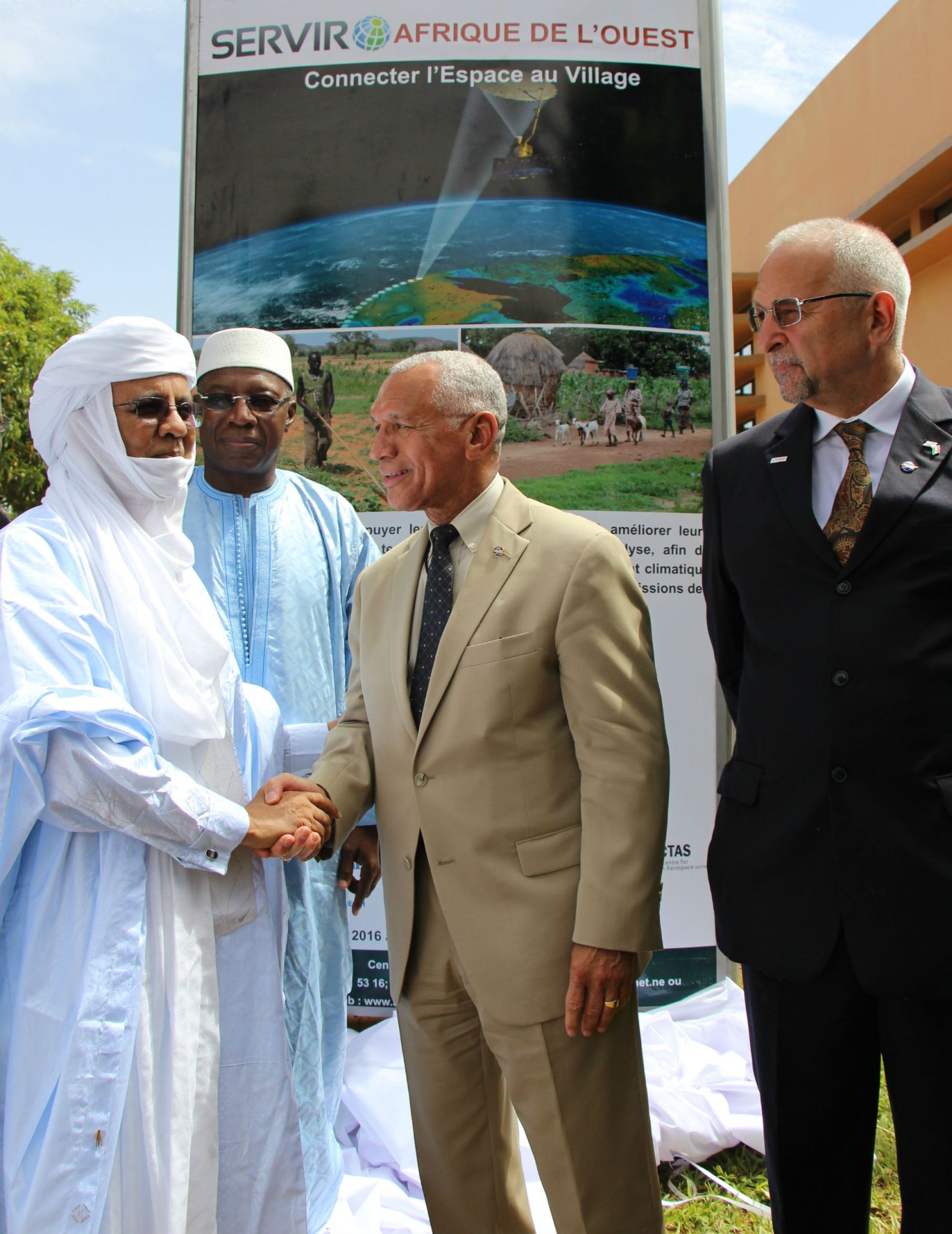
“NASA is deeply committed to Earth science and the value it provides people around the globe. I’m proud to say SERVIR is now serving more than 40 countries,” said NASA Administrator Charles Bolden, who took part in the facility’s official opening July 14. “Together with USAID, we are continuing the effort to bring space-based science down to Earth for real time, real world uses that are changing people’s lives where they live.”
Teams of scientists at SERVIR-West Africa will draw on a continuous stream of space-based climate, weather and other data from NASA’s constellation of Earth-observing satellites, sharing timely information with policy makers, government agencies and other stakeholders in Ghana, Burkina Faso, Senegal and Niger to address critical regional issues, such as food security and fresh water availability.
“There is an immediate demand to connect available science and technology to development solutions in West Africa,” said Alex Deprez, director of USAID’s West Africa regional office. “SERVIR-West Africa will engage scientists across the region to partner with each other to address the greatest challenges in the region. What we seek in the long term are African solutions to African problems.”
SERVIR-West Africa will be funded by USAID and NASA and implemented by a subsidiary of the Permanent Inter-State Committee for Drought Control in the Sahel, the Agriculture, Hydrology and Meteorology Regional Center, headquartered in Niamey. This center will implement this program together with a consortium of West African partners serving the region with support from Tetra Tech Inc., headquartered in Pasadena, California.
SERVIR’s global network of leading regional knowledge centers also includes the Regional Center for Mapping of Resources for Development in Nairobi, Kenya, serving eastern and southern Africa; the International Centre for Integrated Mountain Development in Kathmandu, Nepal, serving the Hindu-Kush-Himalaya region; the Asian Disaster Preparedness Center in Bangkok, Thailand, serving the lower Mekong region of Southeast Asia; and other partners dedicated to environmental management through the integration of Earth observations and geospatial technologies.
SERVIR is a joint NASA-USAID development initiative that operates internationally in partnership with leading regional organizations to help train developing countries in the use of data from space to become better stewards of the planet and its resources, while also meeting the societal needs. Programs in each region focus on issues and needs most critical to their local populations.
A global collaboration network is fundamental to SERVIR’s success. Beyond the sponsorship and active participation of NASA and USAID, collaboration spans a number of other U.S. government agencies and projects, as well as partnerships with government agencies in the regions in which SERVIR operates, joint research with universities and non-governmental organizations, and capacity building with a host of specialized groups.
SERVIR was developed in coordination with the Group on Earth Observations, an alliance of more than 100 nations and organizations collaborating to build a global Earth-observing system to benefit society’s needs. Named for a Spanish term meaning “to serve,” the program was initiated in 2005 by researchers at NASA’s Marshall Space Flight Center which continues to house the SERVIR Science Coordination Office.
NASA uses the vantage point of space to increase our understanding of our home planet, improve lives and safeguard our future. NASA develops new ways to observe and study Earth’s interconnected natural systems with long-term data records. The agency freely shares this unique knowledge and works with institutions around the world to gain new insights into how our planet is changing.
For more information about SERVIR, click here.
For more information on NASA Earth science, click here.
Marshall Team Members Recognized at Annual Honor Awards
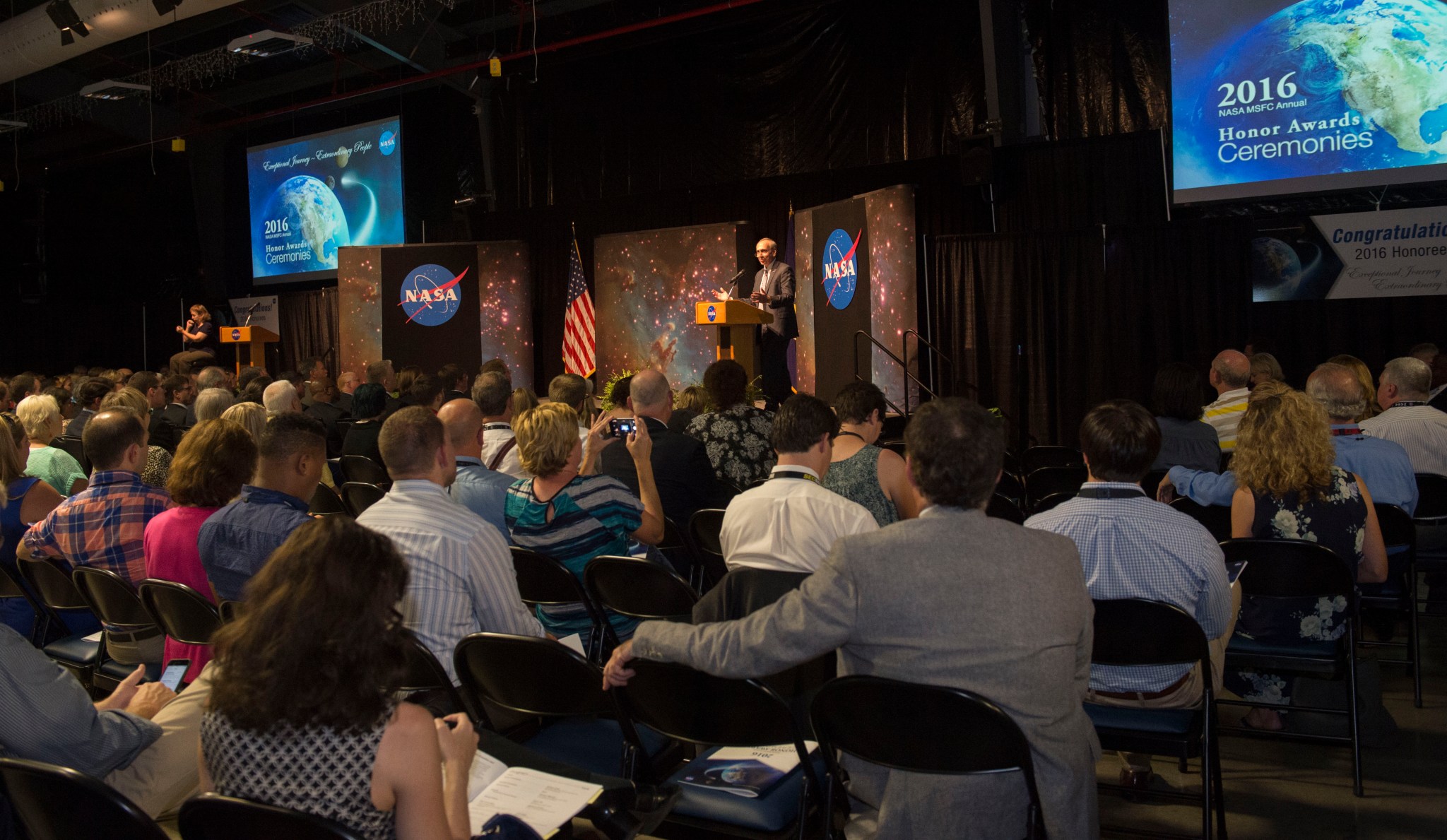
Stephen Jurczyk, NASA associate administrator for Space Technology Mission Directorate, addresses honorees and their friends and families at the 2016 Honor Awards ceremony July 13. “Marshall Space Flight Center is playing an elemental role in enabling the technologies and capabilities for the journey to Mars,” said Jurczyk in his keynote speech. “Today we are designing and building the capabilities to send humans farther into the solar system than ever before. And I’m really proud of the progress the agency is making. The road to Mars definitely goes through Huntsville, Alabama.” Jurczyk and Marshall Center Director Todd May presented awards to more than 280 Marshall employees, contractors and teams. For more information about the 2016 Honor Awards, click here. (NASA/MSFC/Emmett Given)
This Week in NASA History: Chandra X-Ray Observatory Delivered to Low-Earth Orbit — July 23, 1999
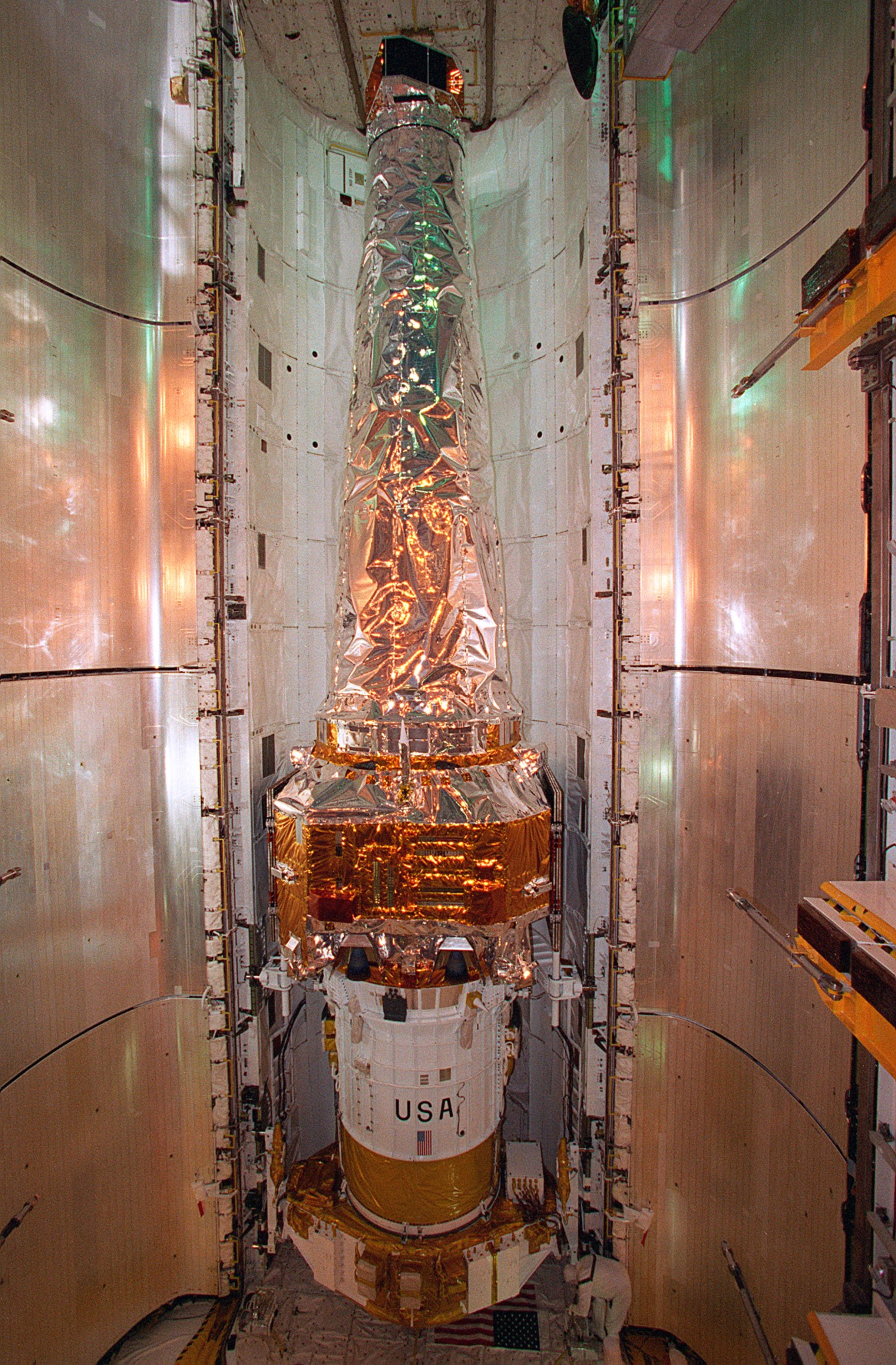
This week in 1999, space shuttle Columbia delivered the Chandra X-Ray Observatory — shown here being installed and mated to the inertial upper stage inside Columbia’s cargo bay at NASA’s Kennedy Space Center — to low-Earth orbit. NASA’s Marshall Space Flight Center has been involved in development of many of the agency’s optical instruments. Notably, Marshall played a significant role in NASA’s Great Observatories, especially in managing the development of the Hubble Space Telescope and in managing the development, flight and current operations of Chandra. The NASA History Program is responsible for generating, disseminating, and preserving NASA’s remarkable history and providing a comprehensive understanding of the institutional, cultural, social, political, economic, technological, and scientific aspects of NASA’s activities in aeronautics and space. For more pictures like this one and to connect to NASA’s history, visit the History Program’s webpage. (NASA)
Obituaries
Wallace G. Campbell, 83, of Hazel Green, Alabama, died Dec. 18. He retired from the Marshall Center in 1976 as an aerospace engineer. He is survived by his wife, Bonnie S. Campbell.


